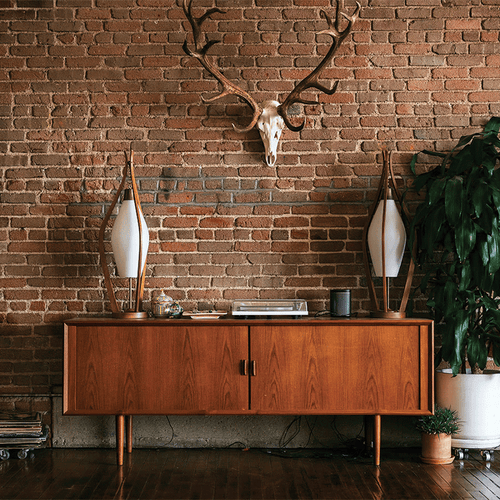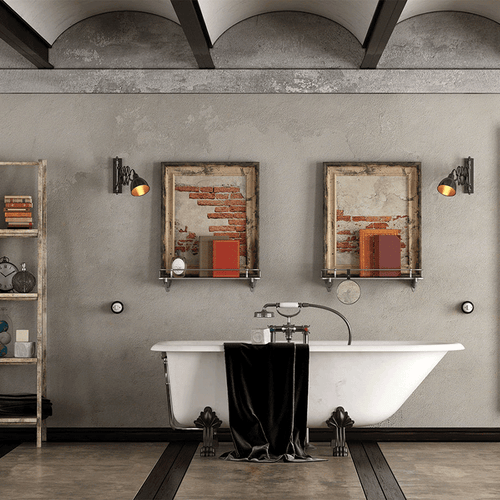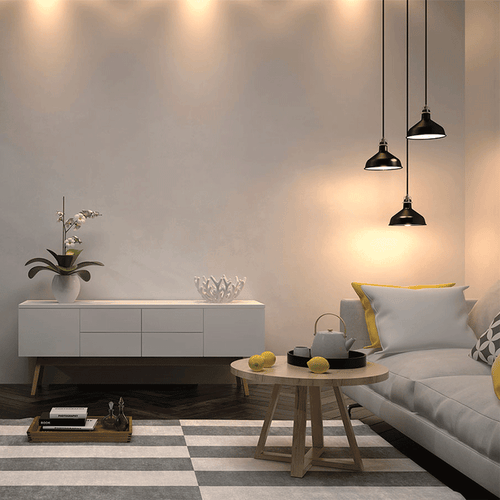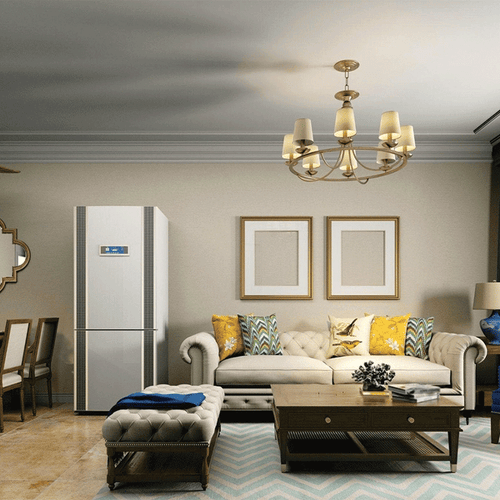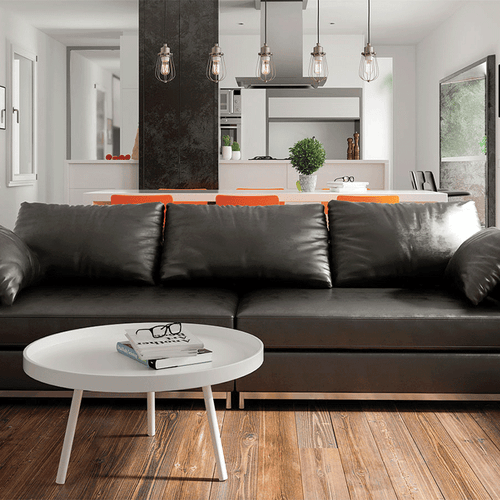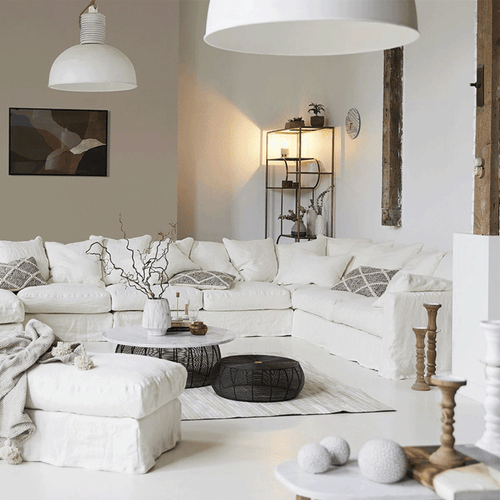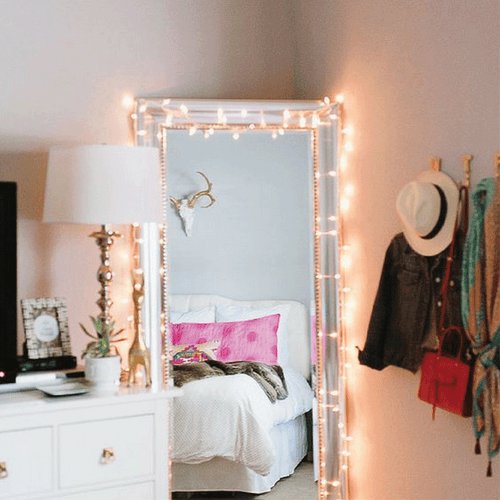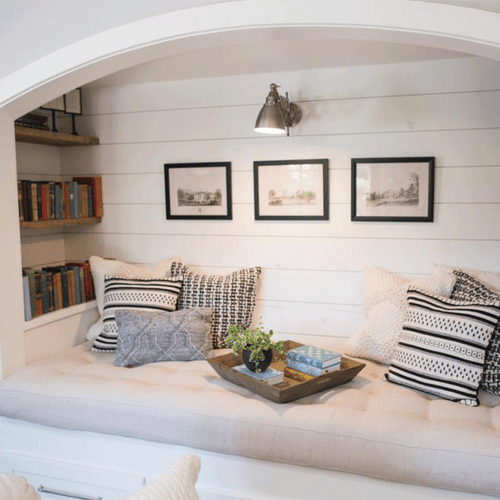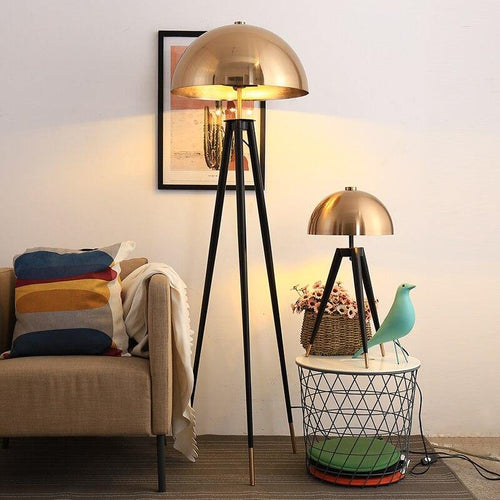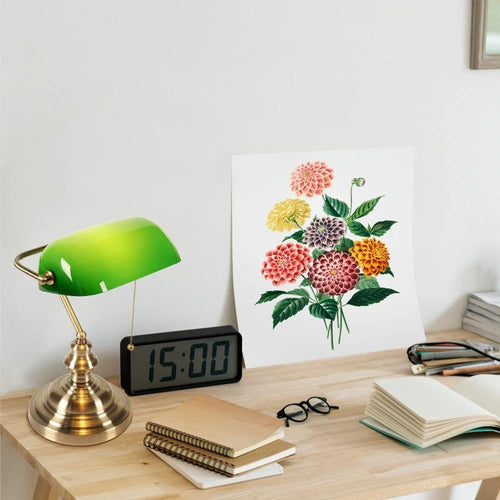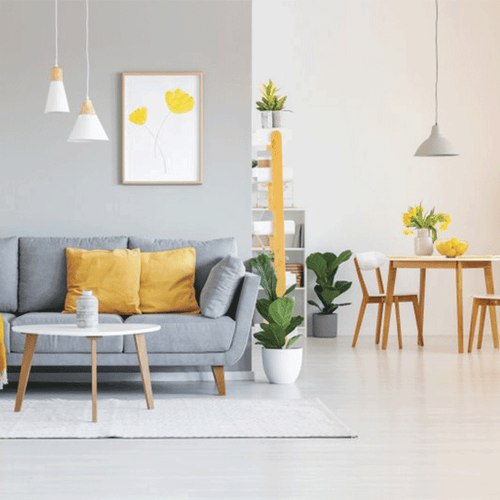How can you make sure you choose your bulbs easily?

The light bulb market has undergone enormous changes since traditional incandescent bulbs were removed from the market and replaced by energy-saving LED bulbs.
After giving you 4 tips on how to make a narrow room bigger , we explain below what you need to know to buy the bulb best suited to your needs.
1. Choose a bulb with the right base!
More than once, a trip to the store has been thwarted by the absence of this essential information.
There is a very large selection of bases, so if you can, take the old bulb you are replacing to the store.
Or remember to note the reference number of the base and take it to the store to make sure that the one on the bulb found in the store matches.
2. Don't be discouraged by the upfront cost of LED bulbs
They could save you hundreds of dollars in the long run!
There are three main types of ordinary light bulbs:
- CFLs (compact fluorescent lamps - the standard type of energy saving light bulb)
- Halogens
- And the LEDs
All of these bulbs are available in a range of sizes and wattages. Initially, some CFL lamps were slow to light, but this has improved considerably in recent years.
They're four times more efficient than incandescent bulbs and pay for themselves quickly as they save you energy - but not everyone likes the light they emit. Fortunately, this has evolved!
3. Choose the right bulb in terms of brightness and color
Decide what type of light you prefer. To do this, simply determine the brightness, in other words the number of watts or lumens, and the color of the light, measured on the Kelvin scale.
Don't let these technical terms confuse you - here's a brief explanation of each:
Watts and lumens (brightness): In the old days, when we all had incandescent bulbs, brightness was measured in watts, which is actually a measure of wattage.
Since the introduction of energy-saving light bulbs, this measurement of brightness has become less useful, as newer bulbs use much less energy to produce the same amount of light.
Light output is therefore measured in lumens. The higher the number of lumens, the brighter the light.
For information :
- Around 400 lumens would be suitable for a bedside lamp.
- Whereas you would want to have between 1,500 and 3,000 lumens in total (from multiple bulbs) to properly light a good-sized living room.
Guide to determining how much light you need
As we said, the number of watts is no longer the best way to determine which bulb will directly replace the bulb that just burned out. Instead of watts, look for lumens, the measure of how much light a bulb produces rather than how much energy it uses.
Typically you'll also find the wattage equivalent, but to be safe, look for lumens. Here is a cheat sheet for replacing incandescent bulbs:
- If you used to buy 100 watt bulbs, look for a 1600 lumen bulb.
- If you used to buy 75 watt bulbs, look for a bulb with 1100 lumens.
- If you were buying 60 watt bulbs, look for a bulb with 800 lumens.
- If you used to buy 40 watt bulbs, look for a 450 lumen bulb.
Light fixtures in your home are rated for the maximum wattage they can safely handle.
If you are purchasing an energy-saving bulb and want a brighter light, you can purchase a bulb that provides more lumens while remaining within the maximum wattage allowed.
For example, a 9-watt LED bulb provides the same amount of light as a 60-watt incandescent bulb. So you can safely switch to a 15 watt LED bulb, which provides the same amount of light as a 100 watt incandescent bulb.
Choose the right tone of white for your bulb
Yes ! White bulbs have color!
It can be the warm yellow light of the traditional incandescent bulb, the cool blue light of daylight, or a color in between.
Manufacturers like to use terms like “soft,” “warm,” or “daylight.”
Unfortunately, these terms are not standardized by manufacturers. To determine which replacement color you need, you need to look at the color temperature, which is measured in degrees Kelvin. Here's how :
- 2700 - 2800K: Warm, yellow light
- 3000 - 3200K: Warm light, still slightly yellow
- 3500 - 4000K: Neutral, bright white light
- 5000 - 6500K: A bright, slightly bluish white light
Smart LED lights can offer diverse colors across the entire white light spectrum.
This can be interesting, as different color variations may be more effective for specific tasks - for example, you may want bright white light tinted with blue in the morning or for better contrast while reading, but appreciate warmer light in the morning. to sleep.
Blue light has been shown to interfere with sleep, which is another benefit of being able to set your lights to warmer tones for the evening.
4. Find the best shape
Now that you have your bulb, its color and brightness, you need to decide what shape of bulb you want.
Again, there is a bewildering variety and different brands have subtly different looks and characteristics.
If you are simply replacing a burnt out bulb, it is helpful to take the old bulb to the store to compare it to the bulbs on the shelf.
Each of the shapes provides a slightly different spread and angle of light, from the almost 360 degree spread of a globe bulb, to the narrow beam of a spotlight.
The "right" bulb shape and light spread depends mostly on personal preference, but consider how the bulbs look when they are turned off or on, and whether they can be placed wisely. chosen location. Moreover, to find out how to successfully light your home room by room , you will find an entire article dedicated to this subject.
For example, you won't want a large stick-shaped bulb if it sticks out from the shade of your bedside lamp.
Product related to this post
Related articles...
Recent Articles
- Les différents styles de luminaires et comment faire le bon choix
- Lamps made in France: a guarantee of quality and authenticity
- The Best Ways to Light Up Your Home for the Holidays
- Find the perfect lamp to gift for every occasion
- The most beautiful vintage industrial lamps to discover for a retro atmosphere
- Enhance Your Decoration with Scandinavian and Vintage Lighting
Categories
- bureau
- choisir ampoules
- choisir lampe sur pied
- choisir ses luminaires
- choisir son style
- coin lecture
- comment choisir taille lustre
- conseils
- deco interieur
- decoration d'intérieur
- éclairage pour le salon
- éclairer pièce sombre
- logement etudiant
- luminaire plafond bas
- luminaire plafond haut
- plafond haut
- secrets
- style
- tendance 2021
- tendance 2024


